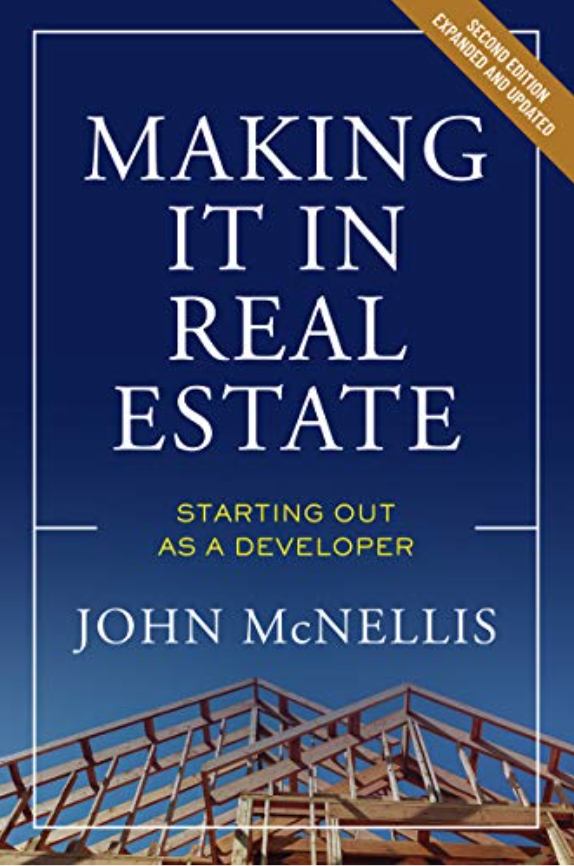According to the National Association for Shoplifting Prevention, one in eleven shoppers steals, costing American retailers almost $50 billion a year. The director of global security for a nationwide retailer says that 80 to 90 percent of theft is done opportunistically, by individuals sticking, say, a sweater in their jacket in a changing room; the rest by professional criminals, the organized gangs who do the cinematic grab-and-goes.
Long accustomed to some theft—typically 1 to 2 percent of sales—merchants call shoplifting losses the “shrink”, the shrinkage of their profits. While a vexing issue, a little shrink is not cataclysmic for major retailers. Like bad weather, they live with it.
It is cataclysmic in San Francisco. I interviewed a handful of our long-standing national tenants (all of whom insisted upon complete anonymity) that have multiple stores in the city One said her average shrink was 2 percent, but she has San Francisco stores with ten times that level of loss. When asked about a solution, she said, “We’re shutting stores.” Another said he has a city store losing five million a year to theft. When disclosing that his theft rate in San Francisco was three times his company’s national average, the president of a major retailer pointed out a sad truth: The city’s residents are the real losers, paying for these crimes through the higher prices his company must charge to offset its losses.
A fourth reported that when his chain is considering a new store in San Francisco, it deducts from anticipated profits a very expensive line item for “Asset Protection”, that is, the cost of security. The merchants all agreed that the relatively cheap security guards are worthless, no better than their own employees who, by the way, have been absolutely forbidden from ever interfering with thieves. This makes sad economic sense: Why risk a $100,000 hospital bill or worse to save a $100 bracelet?
“Real crime needs real cops,” one insisted. “And they’re expensive, $200,000 a year to have our front doors manned by off-duty cops.” While a public company may be able to absorb this added cost (for a while), mom-and-pop tenants cannot.
These merchants all agreed that the city is retail crime’s ground zero, one pointing out that Walgreen’s has already closed seventeen stores in San Francisco. But they had somewhat diverging views over the root cause. One blamed the progressive politics that have allowed the city’s homeless population to explode, asserting the homeless have hurt his stores in two ways: stealing daily what they consider essentials for themselves and, worse, sometimes acting as runners for professional gangs. The organized crime works thusly: The homeless or simply poor are recruited, given trench coats with extra pockets sewn inside, hustled into a van. Instructed to focus on a specific expensive item, they run inside a store, load up, dash out and the van rushes to the closest store in the company’s chain. They can hit ten stores in a couple hours. (Almost laughably, this pattern helps explain why Los Angeles’s retail thefts don’t rival the city’s: The gangs can’t operate as efficiently; they, too, get stuck in LA’s horrible traffic.)
Another attributed it to Proposition 47, the state law that effectively decriminalized thefts under $950 a day. Because there’s no running tally under this law, no aggregation of amounts stolen, the gangs know that each member of their crews could—theoretically at least—steal $346,750 a year with no risk of jail time. One Bay Area police chief shook his head, calling their arrest process “catch and release”, noting that arrested thieves beat the cops out of the station.
A third retailer faults our housing crisis and exorbitant cost of living, contending that people—a la Jean Valjean—steal out of necessity. He pointed out that his stores are always hit harder when folks are most in need of money, thefts surging at the end of the month, the holidays and mid-August because of back-to-school costs.
Going way back, another merchant faulted Ronald Reagan for his role in fostering chronic homelessness. In 1972, then Governor Reagan closed California’s mental hospitals and signed a law which essentially prohibited the involuntary incarceration of the mentally ill. Without the ability to require treatment, the mentally ill all too often refuse help, fall through society’s cracks, swell the ranks of the chronic homeless and get by with what remains of their wits, stealing to survive.
The retailers came together in agreeing that the pandemic—with its ghostlike streets and nearly empty stores—exacerbated this crime spree.
Finally, I asked these merchants about solutions (beyond simply closing stores). Modifying Proposition 47 to aggregate a thief’s takings was suggested: e.g. once someone has stolen, say, $5,000 worth of merchandise, make his crime a jail-time punishable felony. “Re-Funding” the police for the staffing they need to teach school kids about the perils of shoplifting (like the D.A.R.E. programs) was another proposal. Solving the housing crisis and homelessness was high on everyone’s list, but like getting into Harvard, these were recognized as reach aspirations.
Here’s my favorite among the proposals: follow the money. Obviously, the homeless and street poor have no use for Louis Vuitton purses or Apple gimcrack. They sell them for pennies on the dollar to fences. In the old days, fences moved their goods at local flea markets. Now, like everyone else, they sell it on Amazon. You can’t sell millions in high-end goods at a flea market, but you can on Amazon. The fix? Force Amazon to require proof of purchase from its individual sellers, a move EBay has agreed to and one which Amazon has steadfastly rejected. That Amazon collects about fifteen percent of its individual sellers’ take may have nothing to do with this refusal.
If the fences can’t resell it, the thieves won’t steal it.


